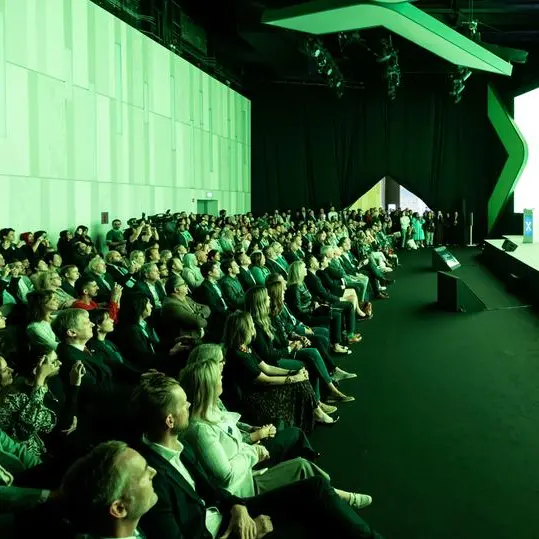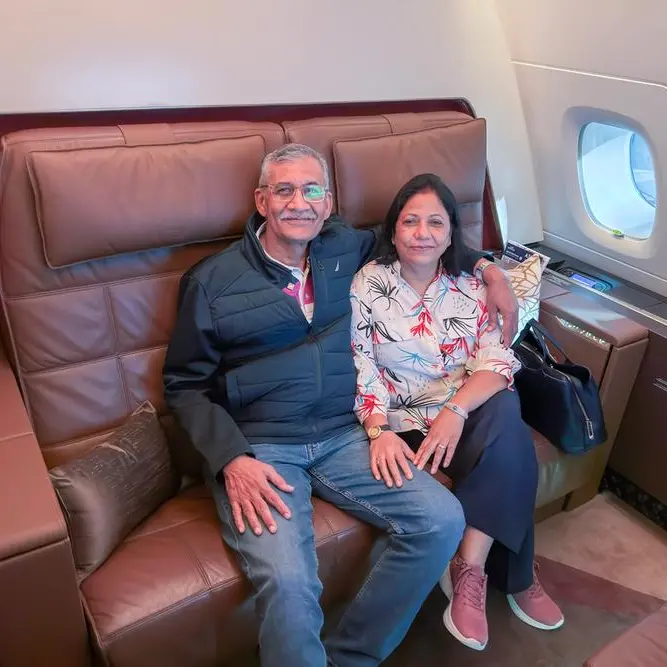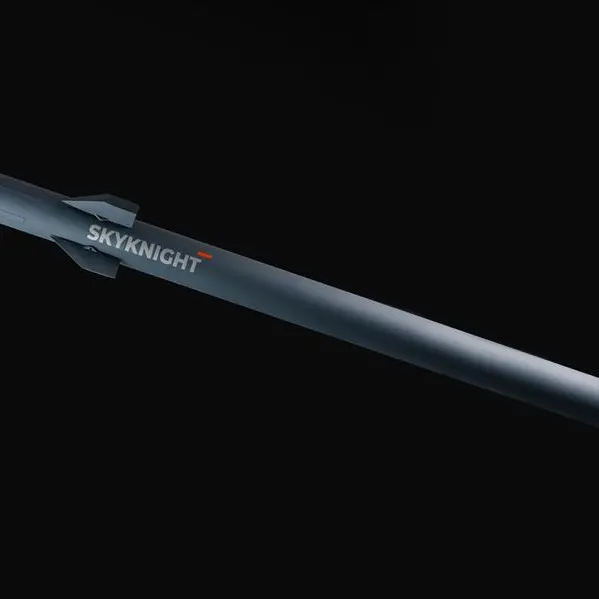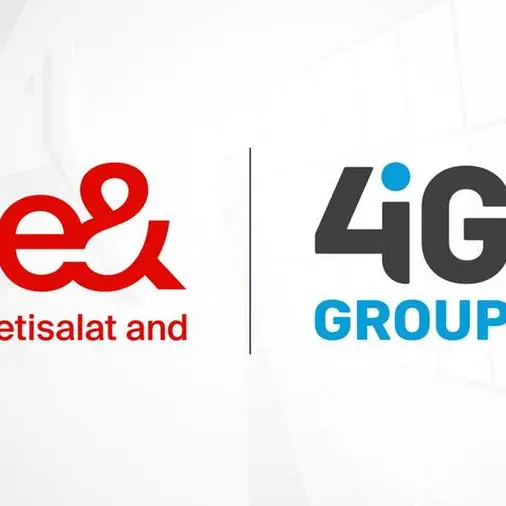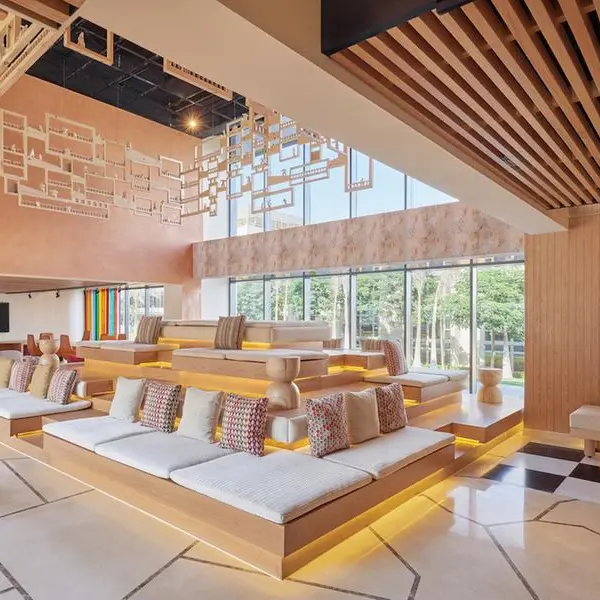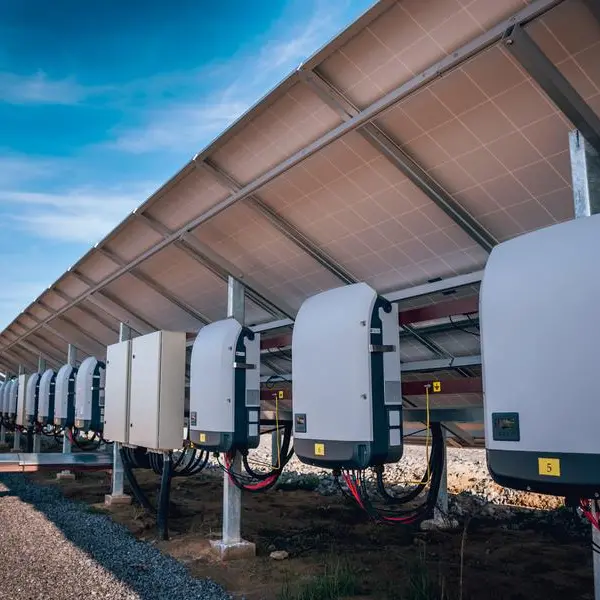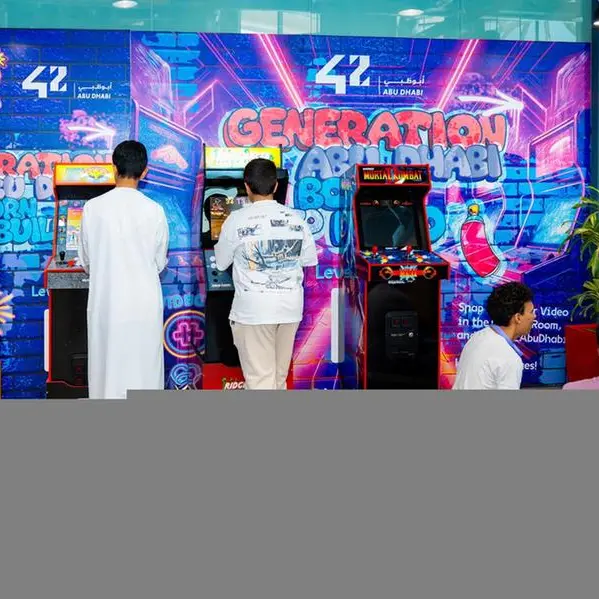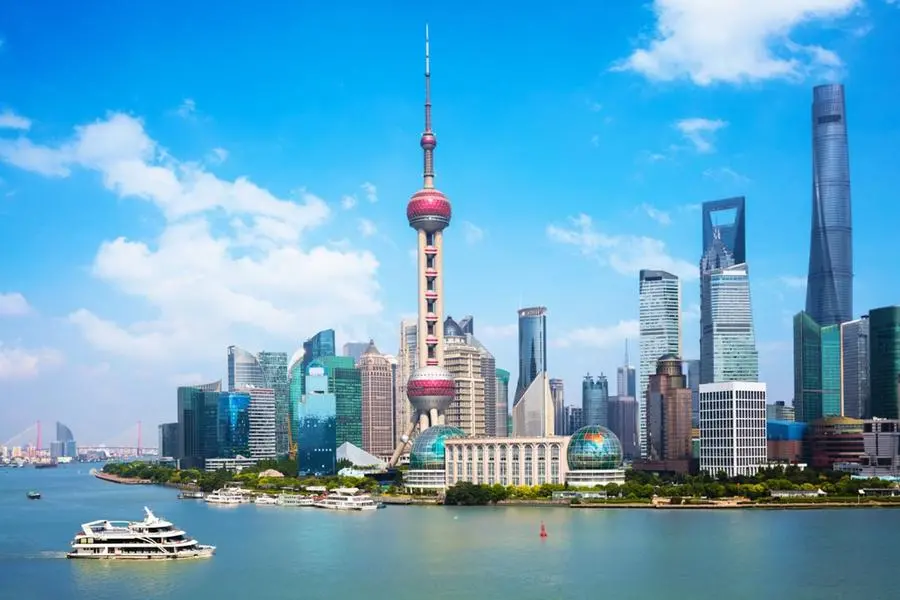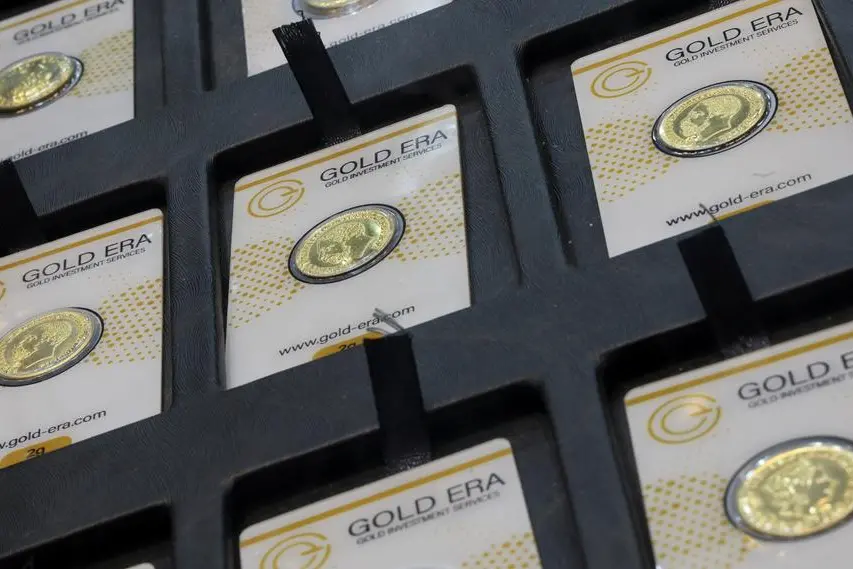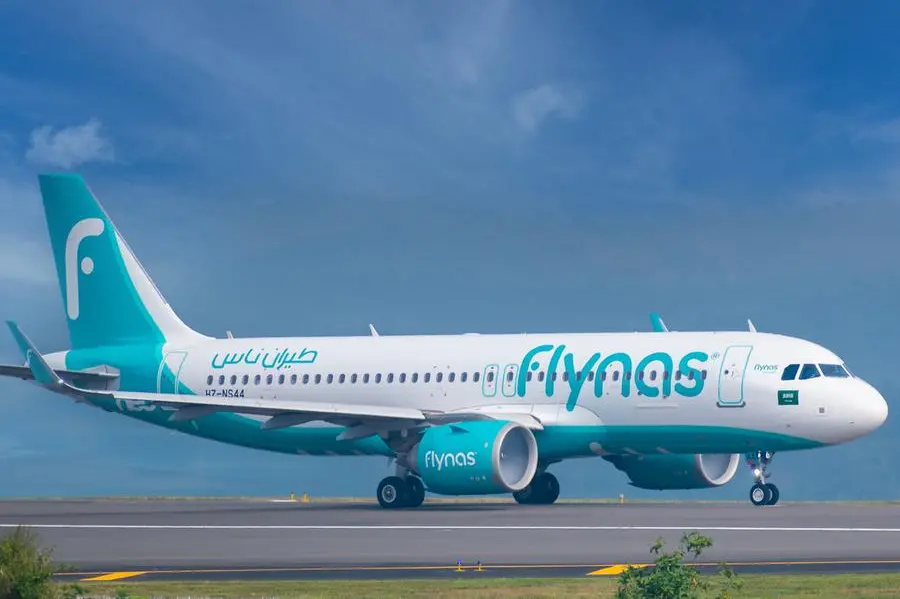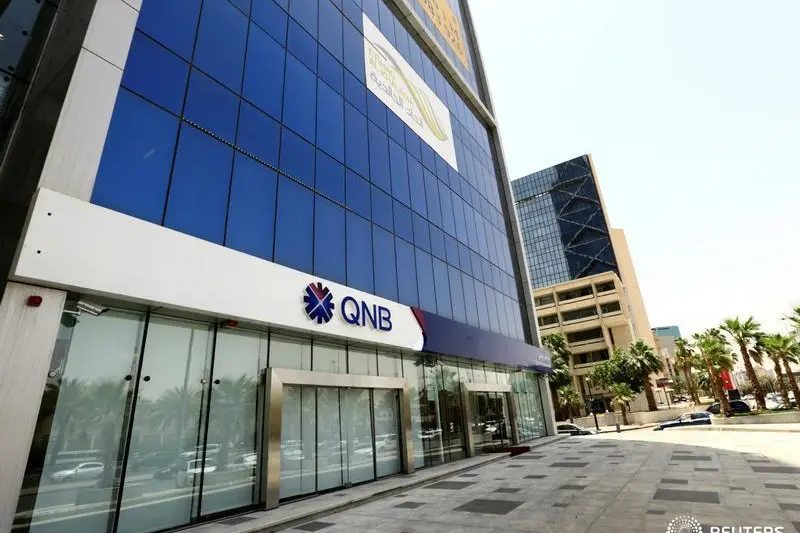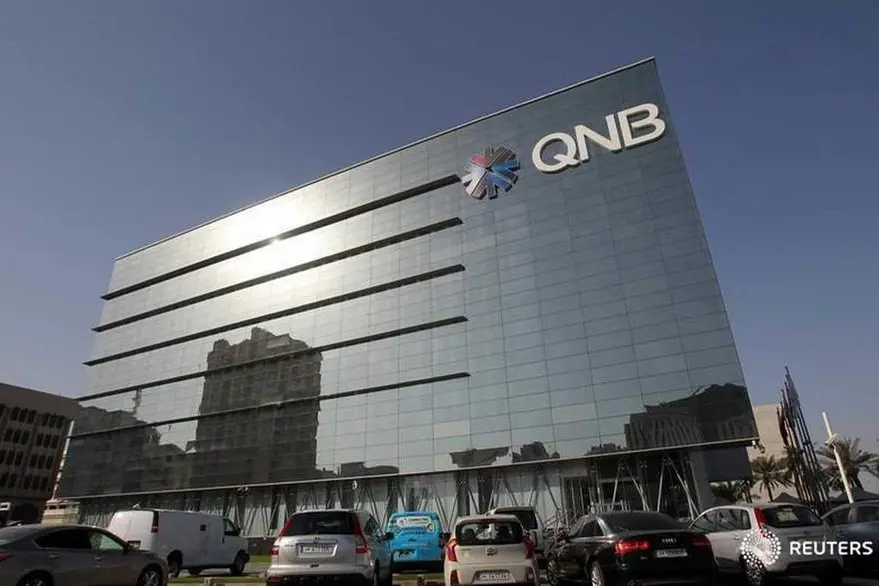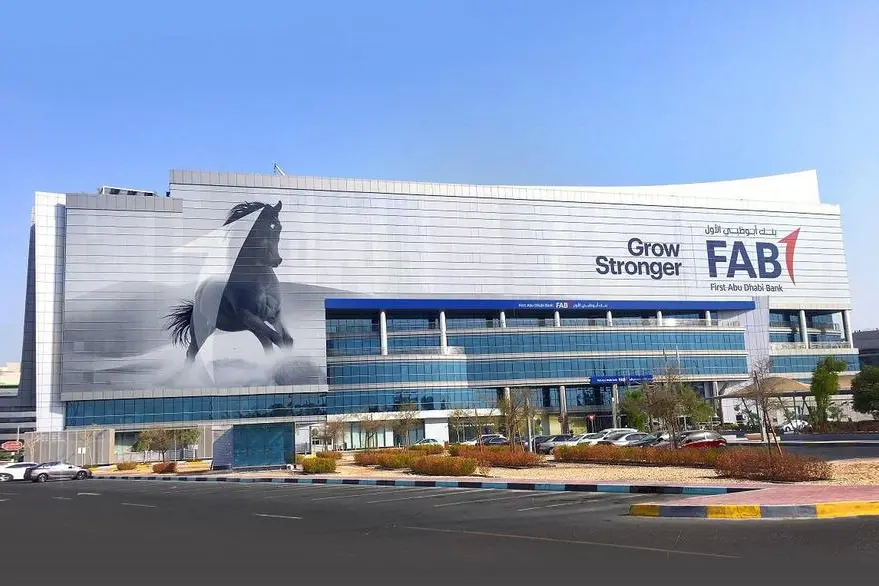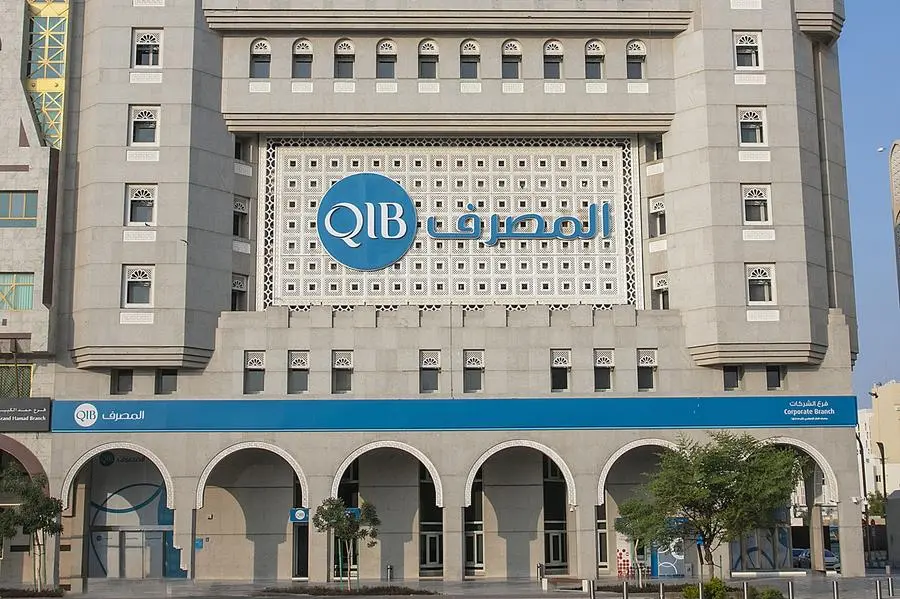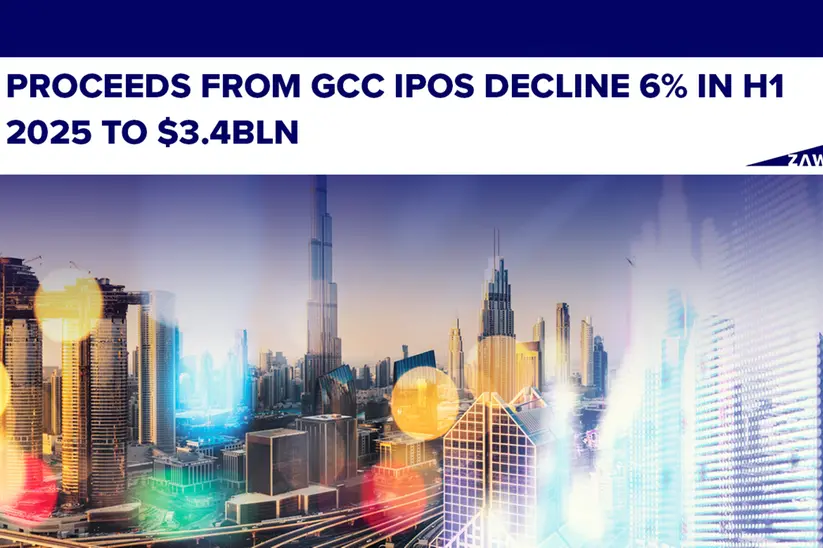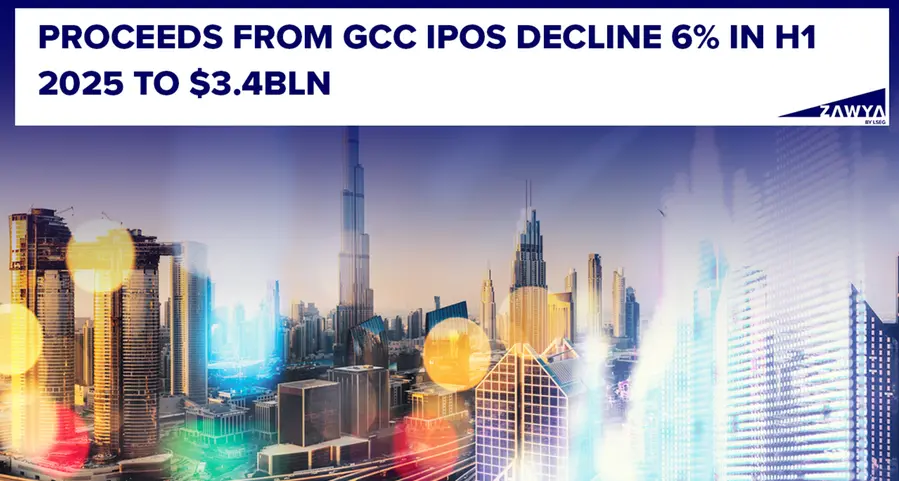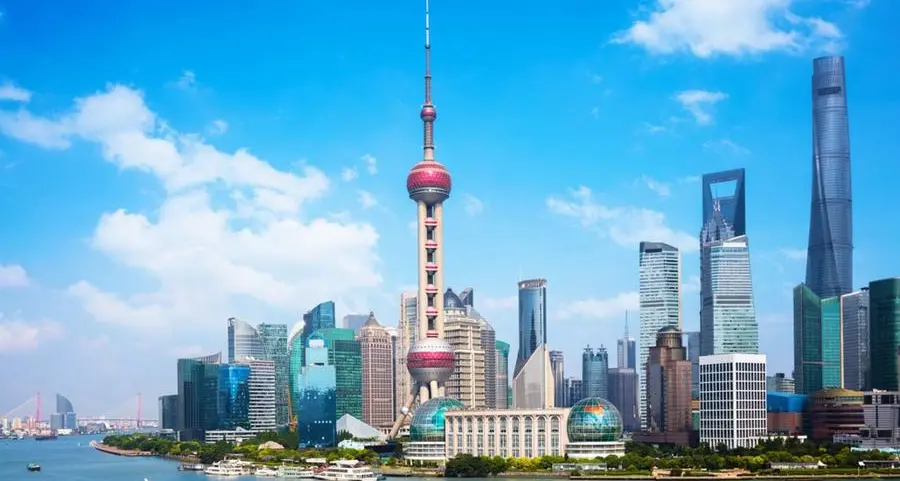Dubai, United Arab Emirates; September 1, 2016: Fertilizer production in Saudi Arabia continues to lead regional capacity, with the Kingdom accounting for 44% of the GCC's manufacturing portfolio, according to a new report by the Gulf Petrochemicals and Chemicals Association (GPCA).
Saudi Arabia's current annual fertilizer production capacity is 16.7 million tons, according to the GPCA's 2015 Fertilizer Indicators report. This represents a capacity expansion of 51% over the last decade, driven by strong demand from export markets.
"Saudi Arabia has led the Arabian Gulf in terms of production capacity of fertilizer capacity and trade," said Dr. Abdulwahab Al- Sadoun, Secretary General, GPCA. "Over the past decade the Kingdom added 9.6 million tons of new fertilizer capacity. The capacity expansion has been accompanied by a diversification of the industry's product portfolio, notably through the production of phosphate fertilizers which leverage the large phosphate deposits in the Kingdom."
At present, Saudi Arabia's fertilizer products portfolio consists of ammonia (26%), urea (28%), and diammonium phosphate (DAP)/MAP (22%). By 2017, the trend towards including other fertilizer varieties is set to emerge, with the development of the US$8 billion Ma'aden Wa'ad Al-Shamal Phosphate Company, which will expand the volume of phosphate- based fertilizers. The project is a joint venture between Ma'aden SABIC and the US company Mosaic and it will entail a phosphoric acid plant, a sulphuric acid plant, an ammonia plant, a DAP granulation plant and a co-generation and desalination plant.
Saudi Arabia hosts one of the largest known but undeveloped phosphate rock deposits in the world, spread across the entire northern section of the Kingdom. The Kingdom's reserves are estimated at around 956 million tons of phosphate rock in a number of discrete deposits: Al Jalamid, Umm Wu'al, Al Amud, Quraymiz, Thaniyat Turayf and As Sanam, each with the potential for commercial development.
According to the GPCA Fertilizer Indicator report, Saudi Arabia is the largest fertilizer exporter in the GCC region, with exports amounting to 6.4 million tons, growing at an annual rate of 7.6% in the past decade.
2015 saw the start of commercial production at Safco-5, owned by SABIC affiliate Safco. The plant has an annual production capacity of 1.1 million tons of urea and uses carbon capture technology to compress around 1,500 tons of raw CO2 per day which are then piped to make urea. This is the world largest carbon dioxide capturing plant reflecting SABIC's commitment to the global sustainability agenda.
The industry is responsible for creating 10,000 direct jobs and 30,000 indirect jobs, of which approximately 55% are held by Saudi nationals. The Saudi fertilizer industry generates US$ 3 billion in sales revenue, accounting for 47% of sales of the regional fertilizer industry as a whole.
"The National Transformation Program is a signal that Saudi Arabia is open for business--from developing local manufacturing capabilities, to opening the economy for closer trade relationships. This will undoubtedly provide opportunities for the Kingdom's fertilizer manufacturers," continued Dr. Al-Sadoun. "However, since worldwide demand for fertilizers has been relatively flat, producers must find strategies to remain competitive in an increasingly globalized and dynamic marketplace."
The Fertilizer Indicators report will be released at the GPCA Fertilizer Convention. Now in its 7th edition, the conference will be held in Dubai from September 6- 8. With insights on the market outlook for commodities, to upcoming trends, the conference will host regional and global experts from the fertilizer industry.
For more information, please visit http://gpcafertilizers.com/
About the Gulf Petrochemicals & Chemicals Association
The Gulf Petrochemicals and Chemicals Association (GPCA) represents the downstream hydrocarbon industry in the Arabian Gulf. Established in 2006, the association voices the common interests of more than 250 member companies from the chemical and allied industries, accounting for over 95% of chemical output in the Gulf region. The industry makes up the second largest manufacturing sector in the region, producing up to US$108 billion worth of products a year.
The association supports the region's petrochemical and chemical industry through advocacy, networking and thought leadership initiatives that help member companies to connect, to share and advance knowledge, to contribute to international dialogue, and to become prime influencers in shaping the future of the global petrochemicals industry.
Committed to providing a regional platform for stakeholders from across the industry, the GPCA manages six working committees - Plastics, Supply Chain, Fertilizers, International Trade, Research and Innovation, and Responsible Care - and organizes six world-class events each year. The association also publishes an annual report, regular newsletters and reports.
For more information, please visit www.gpca.org.ae
© Press Release 2016
